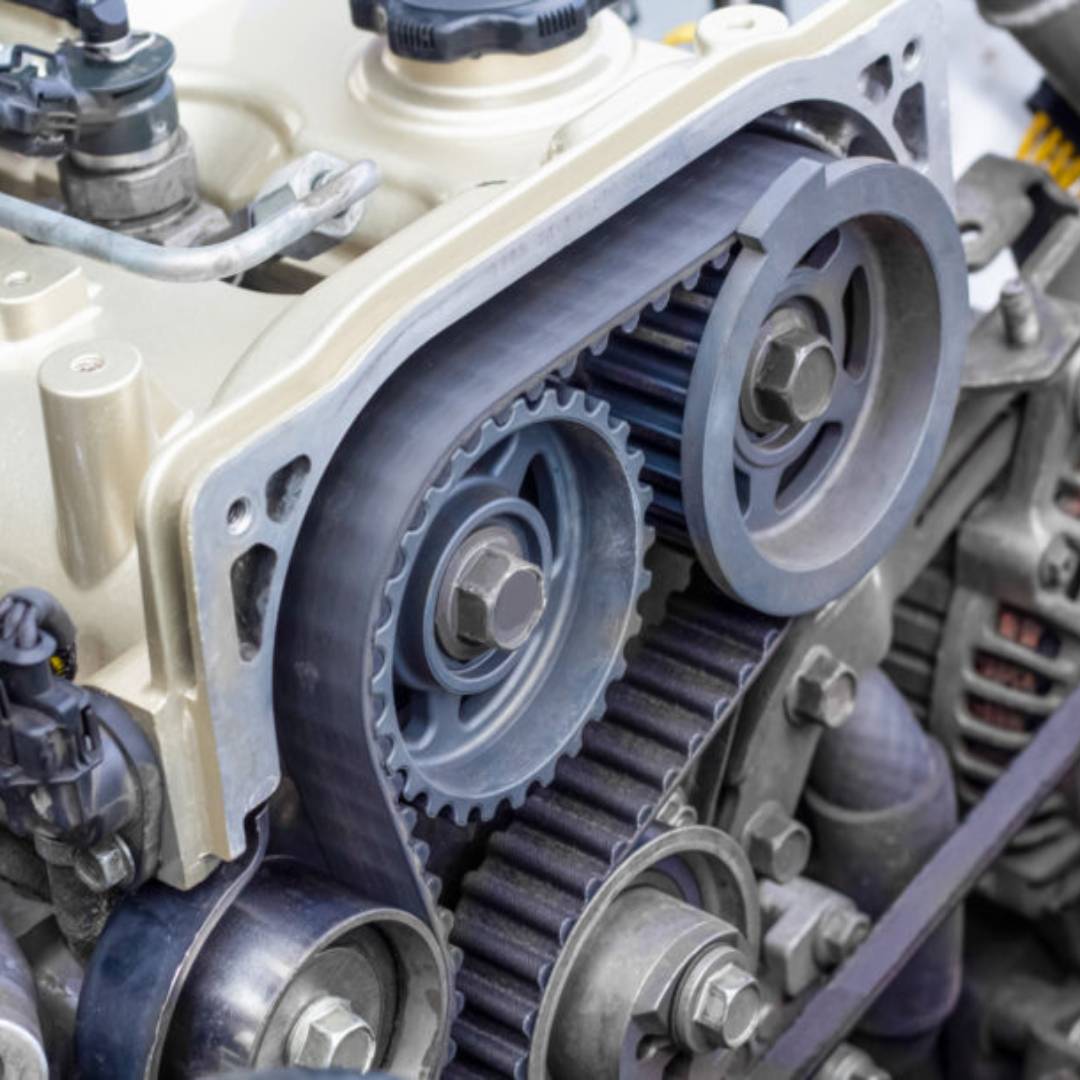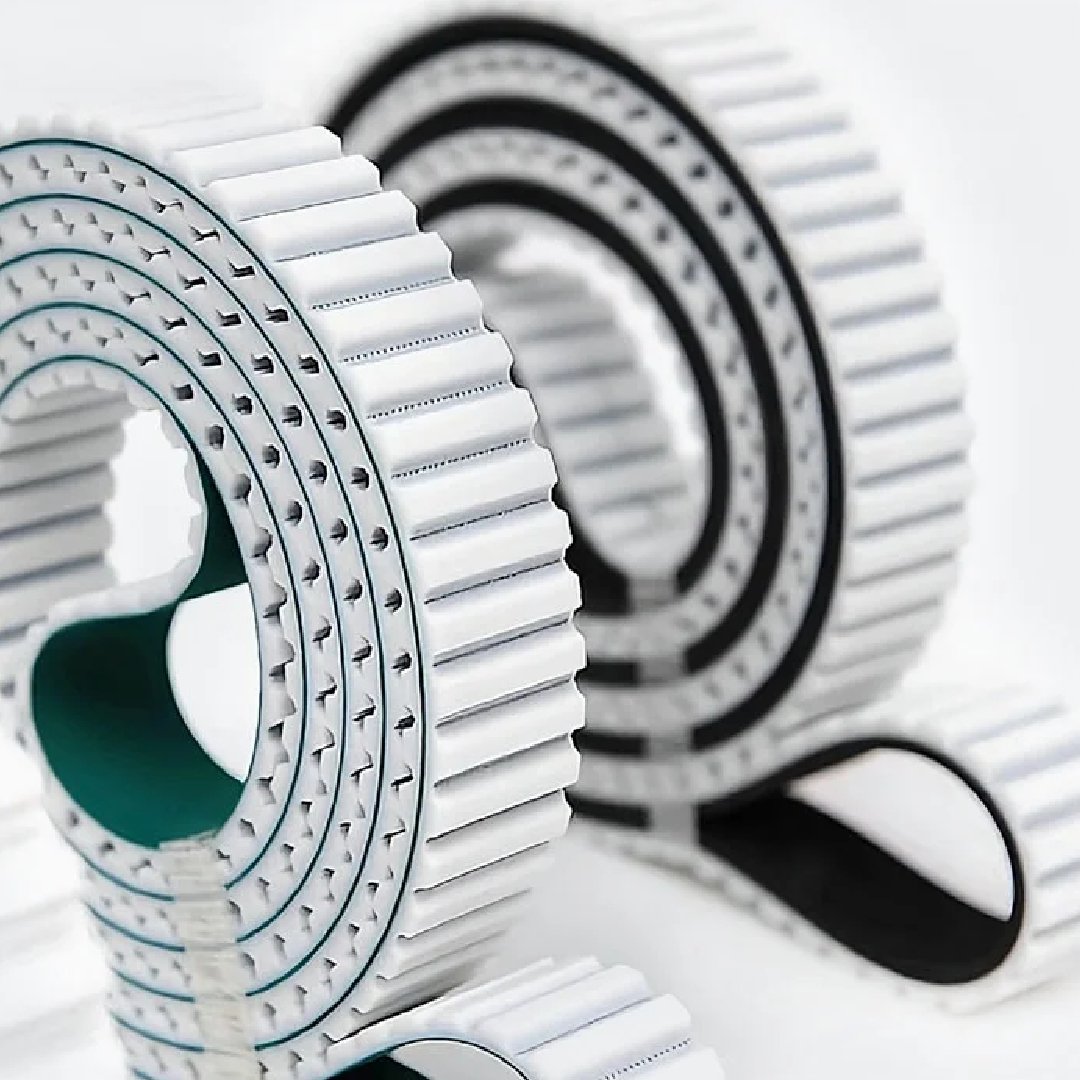In the world of automotive engineering, the timing belt plays a crucial role in ensuring that an engine runs smoothly and efficiently. Among the most common types is the automotive rubber timing belt, which is used to synchronize the rotation of the engine’s crankshaft and camshaft. This blog post explores the key benefits and functions of automotive rubber timing belts, shedding light on why they are vital for optimal vehicle performance and engine longevity.
1. Precision and Engine Synchronization
Automotive rubber timing belts are designed to precisely control the timing of the engine’s components, ensuring that the valves open and close at the correct intervals in sync with the movement of the pistons. This precise synchronization is essential for optimal combustion, maximizing engine power, and fuel efficiency.
For automotive manufacturers and repair services, using high-quality timing belts is crucial for maintaining the reliability of a vehicle’s engine. Poor timing or slippage can lead to misfires, reduced performance, or even significant engine damage.
2. Durability and Resistance to Wear
Rubber timing belts are specifically engineered to withstand the high-stress environments of modern engines. They are exposed to extreme heat, oil, and constant mechanical wear, but top-quality rubber belts are made from durable materials that resist stretching, cracking, and deterioration. This durability ensures a longer service life and fewer replacements, making them an economical choice for both car owners and mechanics.
For drivers and fleet managers, choosing reliable automotive rubber timing belts helps reduce the risk of unexpected breakdowns and costly repairs. A timing belt failure can result in serious engine damage, which is why regular replacement with a durable belt is a wise investment.
3. Reduced Noise and Smooth Operation
One of the lesser-known benefits of rubber timing belts is their ability to operate quietly. Unlike chain-driven systems, which can generate more noise, rubber timing belts run with minimal sound. This smooth operation reduces the overall noise level of the vehicle and improves driving comfort.
For manufacturers of premium or luxury vehicles, minimizing noise and vibration is key to delivering a refined driving experience. The use of rubber timing belts helps achieve this goal, providing a quieter, smoother engine performance that customers expect from high-end cars.
4. Low Maintenance Requirements
Rubber timing belts typically require less maintenance compared to other components like timing chains. While regular inspections and timely replacements are important, the belt itself doesn’t require lubrication, which simplifies upkeep and lowers overall maintenance costs.
For automotive service centers and mechanics, the ease of maintaining rubber timing belts makes them a cost-effective choice for customers. Educating drivers about the importance of timely belt replacement can also help avoid serious engine issues down the line.
5. Versatility Across Vehicle Types
Automotive rubber timing belts are versatile and are used across a wide range of vehicle types, from small passenger cars to heavy-duty trucks. Their adaptability to different engine designs makes them a trusted component in the automotive industry, providing consistent performance whether in high-performance sports cars or everyday commuter vehicles.
This versatility highlights the importance of high-quality timing belts in ensuring that vehicles across various categories perform efficiently. Whether in commercial fleets, family cars, or performance vehicles, a well-maintained timing belt ensures that the engine delivers optimal results.
6. Fuel Efficiency and Environmental Benefits
In addition to improving engine performance, rubber timing belts also contribute to fuel efficiency. By ensuring that the engine’s components work together in perfect harmony, they reduce energy waste and improve the overall combustion process. This means that vehicles use fuel more efficiently, leading to reduced emissions and a smaller environmental footprint.
With growing environmental concerns and stricter emission regulations, the role of automotive rubber timing belts in improving fuel efficiency is becoming more important than ever. For automakers and consumers alike, choosing components that support better fuel economy is a step toward a greener, more sustainable future.
Conclusion: EHRE Belting’s Automotive Rubber Timing Belts for Superior Performance
At EHRE Belting, we provide top-quality automotive rubber timing belts that are designed for durability, precision, and smooth operation. Our belts are engineered to withstand the toughest conditions, ensuring reliable performance and long-lasting value for both automotive manufacturers and repair services.
For superior engine performance, lower maintenance costs, and peace of mind on the road, choose EHRE Belting’s automotive rubber timing belts. Contact us today to discuss how our products can enhance your vehicle’s performance and extend engine life.



